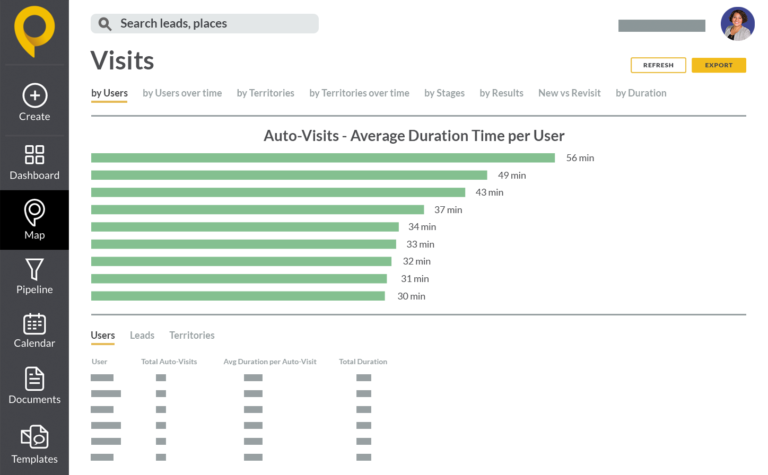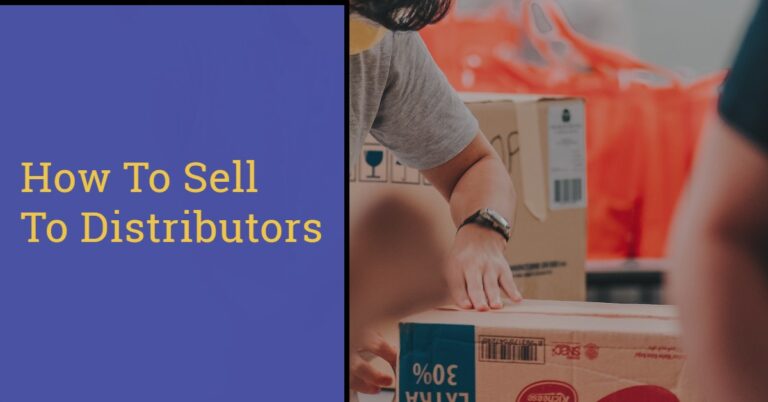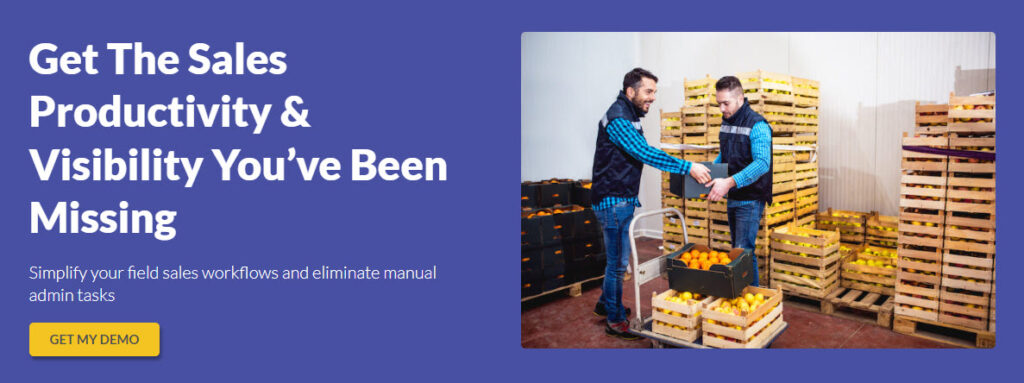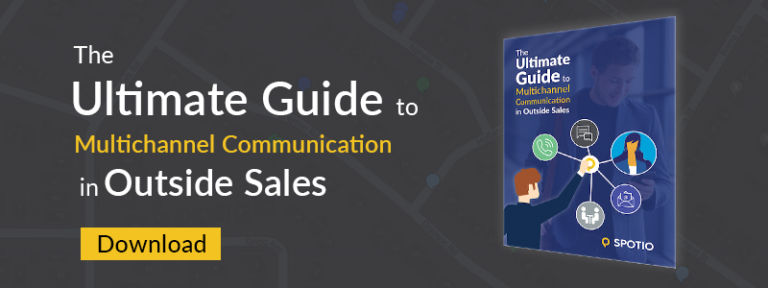There are many different ways to sell the products you manufacture.
You can, for example, sell directly to end consumers via your website and in-person meetings. Or to retail outlets like Walmart, The Home Depot, and Best Buy. Or both.
But what if you don’t have the desire or technical know-how to build a full-fledged direct-to-consumer (D2C) business? Or the contacts to get your products into retail stores?
Then you should definitely consider selling to distributors.
Distributors are go-betweens. They buy products from manufacturers and sell them to retailers. As such, they play a vital role in the supply chain. In this article, we share nine tips to help you sell to distributors effectively, while boosting company revenue.
Why Sell To Distributors?
Before we teach you how to sell to distributors, let’s talk about why you should. This sales model has many different advantages. A few of the most obvious benefits include:
- Connections: You don’t just “decide” to sell your products in retail stores. You have to develop relationships with buyers, then convince them to purchase your stuff. The best distributors have spent years building their networks, which means they can get your products on retail shelves quicker and more consistently than you could on your own.
- Customer Service: There’s no two ways about it, customer service is hard. You have to manage numerous accounts, the occasional broken product, and every once in a while, an irate buyer—all with a high-level of dexterity and diplomacy. When working with a distributor, you only have to manage your relationship with that firm. They’ll do the rest.
- Shipping and Handling: Have you taken time to develop a finely-tuned shipping process? Do you have a fleet of vehicles to deliver products around the country? Top-level distributors have both. As such, they’re able to get products where they need to go, exactly when they need to be there. This is one headache you won’t miss.
At the end of the day, distributors simplify the sales process for manufacturers.
You don’t have to build (and maintain!) relationships with retail outlets. You don’t have to deal with angry customers or complex shipping processes. You’re free to focus on what you do best: building awesome products that people around the world can use to improve their lives.
How To Sell To Distributors
As we’ve just seen, selling to distributors can be incredibly beneficial. That’s why so many manufacturers want to do it. Of course, wanting to sell to distributors and actually doing it are two different things. Don’t worry! These nine tips will help you find success in this area:
Understand Your Ideal Distribution Partners
If you try to work with all distributors you’ll fail. Why? Because different distributors excel at different things. Some specialize in certain kinds of products, while some focus on entire industries. Others use specific methods to ensure more sales.
You need to know who your ideal distribution partners are, and what they look for in manufacturers. This will allow you to approach the right distributors in the right ways.
Identify Distributors In Your Target Markets
Who are your end customers? Partner with distributors who can help you reach these people.
If you sell building materials, for example, work with distributors who have pre-existing relationships with The Home Depot, Lowes, Ace Hardware, and similar retailers.
You should also make sure the distributors you work with have a history of getting products into stores, but don’t work closely with any of your company’s biggest competitors. Speaking of…
Perform A Thorough Competitive Analysis
A competitive analysis will help you identify your competitors, pinpoint their strengths and weaknesses, and implement a reliable plan to overcome them in the marketplace.
Once you’ve taken the time to understand the competition, you’ll be able to differentiate your brand—both to distributors and end consumers. This will make it much easier to secure partnerships with top distributors in your industry and ensure your products are bought in stores.
Develop An Equitable Pricing Strategy
It doesn’t matter what you sell. Pricing is always tricky.
You need to select a price point that will produce a healthy profit for you and your distribution partner—without becoming too expensive for your target market.
To do this, consider your manufacturing costs, your partner’s distribution costs, and the average retail price of similar products. Strike the right balance and selling to distributors will be easier.
Identify Your Sales Channels
So far, you’ve identified a few distributors you’d like to work with, taken time to learn about your competitors and differentiate your company from them, and priced your products effectively.
Now what? Now it’s time to decide how you’ll reach out to potential distribution partners. In other words, you need to select sales channels for yourself and/or your sales team.
There are many ways to do this. For example, you can visit a distributor’s headquarters and talk with them in person. Or engage them at industry events. Or call and email them until they respond. It really just depends on your industry and the strategies you’re most comfortable with.
Consider Exclusivity Agreements
Selling to distributors isn’t always easy. One way to improve your chances of success is to offer exclusivity agreements, which will give distributors exclusive rights to sell your products.
Exclusivity agreements can be mutually beneficial. You’ll be able to sell your products to your distributor for a higher price. And your distributor won’t have to compete with other distributors to get your products onto shelves in the best retail stores. Just be careful with this strategy…
Exclusivity agreements can occasionally hold manufacturers back. Especially if the distributor they partner with lacks the resources to market their products in multiple geographical areas.
Formalize A Distribution Contract
You haven’t closed the deal until your distributor signs on the dotted line.
Work with a contract lawyer to create a final agreement that includes termination clauses for you and the distributor you plan to work with. That way you both have a way out if needed.
We suggest inserting penalty fees, too, that allow both parties to seek compensation if one of them breaches the agreement. This will help keep you and your distributors in good stead.
Focus On Building Strong Relationships
Sales is all about relationships. If you can build them with potential customers, they’ll become paying customers at a consistent clip. The same is true when selling to distributors.
Do your best to create mutually beneficial deals. Always keep your promises. And work hard to provide your distributors with quality products that they can resell to retailers.
Also, keep the lines of communication open at all times. Many dicey situations can be resolved with a quick phone call. Making them will build trust that could lead to long-term partnerships.
Enable Distribution Partners
You could sign a deal with a distributor, then sit back and let them do all the work to get your products into stores. But this isn’t the best approach. Instead, empower them to sell more.
What does this look like? It’s pretty simple. List your distributors as authorized sellers and refer potential customers to them. Or create product catalogs they can use in the sales process. Or work with them to build effective advertising campaigns. Get creative!
After all, the more products your distributors sell, the more money your manufacturing company will make. This is why you should empower your partners in any way that you can.
SPOTIO Empowers Distribution Sales Teams
The nine tips above will help you sell to distributors effectively. But if you really want to crush it in this approach, you need to invest in a technology solution that will support your efforts.
SPOTIO is the tool your distribution sales team needs! Get started today and…
Increase Visibility With Rep and Performance Tracking
Where are your reps right now? What sales activities have they performed recently? And more importantly, how effective was each one? You need the answers to these questions.
SPOTIO will help you track your reps in the field, monitor their digital communication histories, and evaluate their performance. That way you always know what they achieve and why they achieve it. Armed with this information, you can implement better sales strategies.
Automate Admin Tasks And Boost Productivity
Excessive admin work can turn great sellers into subpar employees.
SPOTIO is designed to ease the administrative burden your reps feel by optimizing sales routes and tracking miles, logging sales interactions, and updating CRM apps—all on autopilot. The result? Up to 46% greater productivity for each rep on your sales team.

Enable Multi-Channel Communications
SPOTIO can also be used to create repeatable messaging templates for email and text, then schedule them to send at predetermined times. This has two major benefits:
- First, it will make your reps more productive. They won’t have to type every email and text from scratch. They’ll just pull up a template, customize it, and hit send.
- Second, it will keep leads from falling through the cracks. Your reps won’t have to remember to contact leads. They’ll build automated email sequences to do it for them.
Integrate With Your Existing Systems Of Record
Last but not least, SPOTIO integrates with many other sales tools, including CRM software.
So, everything your reps do in SPOTIO, from taking notes to communicating with prospects, will automatically sync with Salesforce, HubSpot, Pipedrive, or whichever app you prefer. And when that happens, your records will be more accurate and your team more productive.
Sign up for a free demo of SPOTIO right now to see our industry-leading tool in action!




